Vertical takeoff and landing (VTOL) and urban air mobility (UAM) might not be part of the everyday vernacular, but, if the experts are right, they soon will be.
Morgan Stanley Research recently reported that the market for flying cars or “air taxis” should continue to mature over the next decade and soar to $1.5 trillion globally, while an urban air study by Frost & Sullivan foresees air taxis beginning in 2022 and expanding by 45 percent, compounded annually, so expect to see more deals like Lilium’s agreement with the city of Orlando to launch its first “flying taxis” air transportation hub, which may be followed by a “vertiport” in Lake Nona, a planned futuristic smart city. Companies that are leading the technology revolution in this sector include Xeriant, Toyota, Amazon, Alphabet and Walmart.
The confluence of technologies range from approved drone delivery for Amazon, UPS, and others, to companies that are looking to transition their current technologies into this space, like Tesla, as well as industry specialists that are quickly pushing the UAM engineering envelope.
When a Drone is Not a Drone
The drone industry has grown so fast that the Association for Unmanned Vehicle Systems International (AUVSI) team, which started collecting information on every unmanned platform they could identify in 2010 has already identified over 30 specific application areas for each vehicle in the database, ranging from imaging to precision agriculture and search & rescue, with each platform categorized into market(s) for application: academic, civil, commercial, consumer, or military. Some 80 percent of patents associated with unmanned aircraft systems (UAS) technologies have been published since 2016, demonstrating the exponential growth of the unmanned systems industry.
Halo is a development-stage eVTOL (electric vertical takeoff and landing) powered lift aircraft that has been designed to seamlessly transition from vertical to forward flight by altering the direction of its propulsive thrust by approximately 90 degrees. Powered lift aircraft combine the VTOL capability and small logistical footprint of helicopters with the cruise speed, fuel efficiency and range of conventional fixed wing airplanes. Halo’s unique and scalable “tiltwing” configuration, which features a pivoting cylindrical wing structure and a central axle-mounted payload area, can also accommodate a range of propulsion systems, including ducted lift fans and distributed electric rotors, as well as various stability and control systems.
When fully developed, all these patents and contributory technology combine for the design of small high-performance UAV for commercial applications such as inspections, surveying, surveillance, delivery and imagery. Xeriant may begin to develop a larger scale Halo aircraft model for the emerging UAM (urban air mobility) market or a variant for military applications. UAM, which is part of advanced air mobility, refers to on-demand passenger or cargo transport in congested environments.
Meanwhile, Toyota has invested $394 million in Electric Air Taxi Joby Aviation’s $590 million Series C financing, for electric air taxi service. Joby also announced a separate agreement with UBER to introduce its air taxi in at least two cities enabling customers to purchase using the Uber app. Joby will now need to gain approval from the FAA and other regulatory agencies.
Alphabet’s Wing Aviation LLC is collaborating with FedEx Express and Walgreens to launch a first-of-its-kind drone delivery service in Christiansburg, Virginia. The pilot program will demonstrate the many benefits of drone delivery to communities by exploring methods to enhance last-mile delivery service, improve access to health care products, and create a new avenue of growth for local businesses.
When a Drone IS a Drone
Drone delivery in the United States has historically been limited to small-scale demonstrations on designated test sites, or extremely short flights along pre-planned, fixed routes – all within the visual line of sight of the drone operator. Earlier this year, Wing became the first drone operator to be certified as an air carrier by the Federal Aviation Administration, allowing it to deliver commercial goods to recipients that may be miles away. Wing’s pilot program in Virginia will be conducted as part of the U.S. Department of Transportation’s Unmanned Aircraft System Integration Pilot Program (IPP).
Walmart in partnership with Flytrex, a provider of B2C drone delivery solutions, formally announced the launch of on-demand drone delivery in Fayetteville, North Carolina. The pilot program allows consumers to have grocery, and household essential items, delivered from Walmart stores near the Fayetteville, North Carolina area and is a proof of concept, as the two companies continue to advance their on-demand drone delivery offerings.
Flytrex’s technologies enable operators to autonomously fly drones along routes that are preprogrammed to avoid obstacles as well as inhibit noise pollution and privacy concerns. Once the drone releases the bag, the customer is able to pick it up and bring it inside.
Amazon Prime Delivery Drone has been granted a certificate allowing it to begin commercial drone deliveries and unveiled their latest Prime Air delivery drone design. Their newest design includes advances in efficiency, stability and safety, the company says.
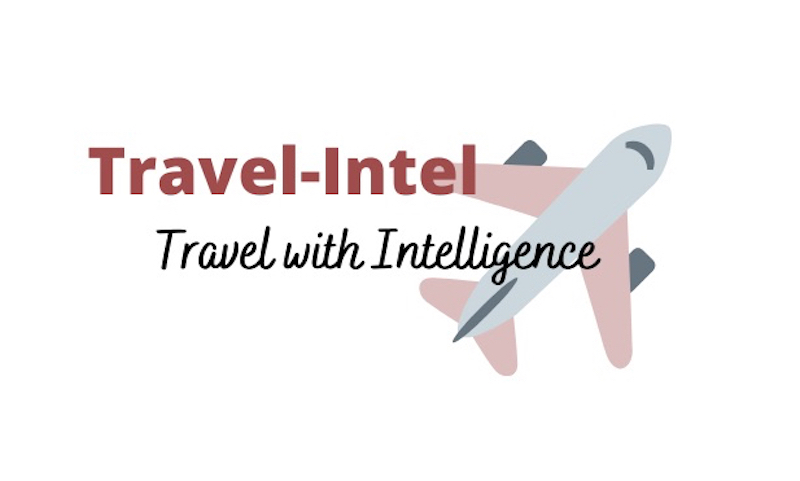

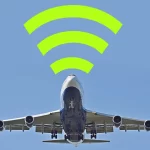






































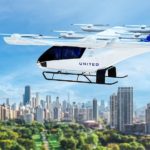



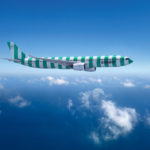






























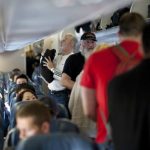














Get Social